When my daughter was little and something would scare her, a bee, or a heffalump or a woozle from Winnie the Pooh, she’d freeze in place, unable to move. I started singing her a little song, to the tune of “Accentuate the Positive” that went “Be brave, and keep going.”
This idea, that we can feel fear and still move through our lives is at the center of a lot of research around courage, which emphasizes that it’s important not to dismiss fearful feelings, but rather to feel our way into them, accept them and summon the confidence to pass through them toward a bigger goal.
We all devise strategies to help our children in fearful moments, but sharing stories about bravery when kids are calm and relaxed is a great way pump up those courage muscles. Starting with the little things, like entering a classroom or jumping off a diving board, can help underscore the universality of those feelings. In this way, we create a ladder up to bigger things, like standing up to a bully in school, speaking up for a friend or fighting against injustice.
The books that follow dive deep into the hearts and minds of everyday and extraordinary people. They show how little acts of courage lead to big feelings of bravery and confidence, inspiring littles and bigs to embark on our own hero’s journeys.
Jabari is excited to jump off the high dive at his neighborhood pool…until he gets up there. The book is brilliant at showing the importance of acknowledging your feelings and giving them time and space. Jabari’s father models positive self-talk, and compassion, giving ample room for Jabari’s big leap. With its lovely illustrations and relaxed pacing, it’s easy for kids to see themselves in Jabari and in his triumph.
Also Great: Tomorrow I’ll Be Brave, The Day You Begin, The Kissing Hand
Books about courage are especially important for highly sensitive children. Child of Glass, translated from the original French, is among the best. A dream-like story and illustrations illuminate the predicament of Giselle, the titular glass child. We watch as she wrestles with her imagination and runs away in an effort to flee from her dark thoughts and feelings. Giselle’s journey to self-acceptance is gentle and just abstract enough for sensitive kiddos to find comfort and an understanding that they’re not alone.
Also Great: The Day You Begin, Drum Dream Girl, The Dark
The lens on courage opens a little wider in this true story of Emmanuel Ofosu Yeboah. Born in Ghana with a withered leg and abandoned by his father, Emmanuel’s life brought test after test of his courage. He learns to hop two miles to school, to ride a bicycle and when his mother falls ill, he moves to a city alone at age 13 to support his family. After her loss, he embarks on a ride across Ghana to raise awareness about people with disabilities. The book ends with a quote from Emmanuel: “In this world, we are not perfect. We can only do our best.” His best is incredible, but the writer is careful to keep the focus on Emmanuel as an average kid doing the next “right thing” under extraordinary circumstances.
Also Great: The Story of Ruby Bridges, There is a Monster at the End of this Book, Max
One of the most powerful gifts of the Who Was series is that kids meet heroic, world changing people as kids. In Who Was Gandhi?, we find the painfully shy child of a wealthy family. We follow him through his days as an average student to England, where he tries and fails to be a proper gentleman. He fails again back in India, when he finds he’s too shy to be the attorney he trained to be. When he travels to South Africa as a last ditch effort to support his family as a lawyer, he is removed from a train because of the color of his skin. No longer able to stay silent, Gandhi the activist is born. Demystifying and empowering, Who Was Gandhi? shows that honoring the peacemaker within us and choosing to return hatred with love, is the most courageous act of all.
Also great: Undefeated, Brave Irene, Henry’s Freedom Box
A whole epoch is unpacked in Eugene Velchin’s story of the son of a secret policeman in Stalinist Russia. It’s a classic hero’s journey, condensed into a single, monumentally eventful day in the life of 12-year-old Sasha, who lives in the literal and figurative shadow of Stalin. Part history lesson, part lost child story, its accessibility and clear writing earned it a Newberry Honor Award. Themes might be a little on the scary side for a sensitive 4th grader, but Sasha’s choices and the story’s ultimate resolution are great for family readalouds and discussions.
Also Great: Counting By 7s, Gregor the Overlander, Ban This Book
Mark Alan Stamaty’s graphic novel is based on events that unfolded in Iraq in 2003. It tells the story of a librarian in Basra, who smuggles the bulk of the collection – more than 30,000 books, out of the library before it is bombed during the invasion that deposed Saddam Hussein. Seeing selfless bravery in the form of a middle-aged woman in a head scarf, who leverages her community to save books and the history they contain, will leave a powerful impression on little bibliophiles and junior historians alike.
Also Great: Walk Two Moons, Paper Wishes, Resistance
There are so many reasons to love this graphic anthology, starting with its scope—29 stories of truly courageous women. Each miniature biography contains lessons in geography, history and empowerment, highlighting lesser known heroes throughout time, from Nzinga, Queen of Ndongo in the 16th century, to Sonita Alizadeh, a contemporary Afghani rapper. Author/illustrator Penelope Bagieu keeps the tone light and the illustrations adorable. Inspiring and informative, each vignette shines light on the many forms of courage and gives voice to the women who raised their voices and changed history.
Also Great: Ghost, Malala: My Story of Standing Up for Girl’s Rights, Lord of the Rings

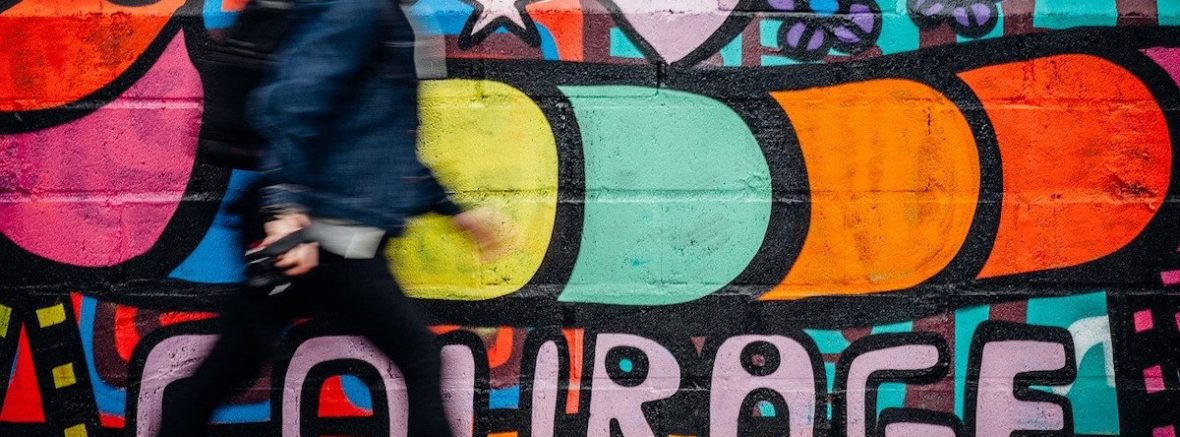
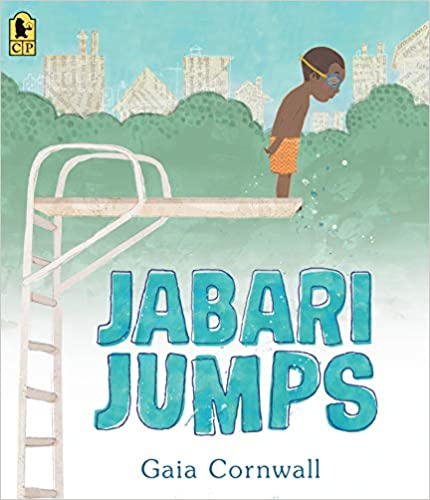
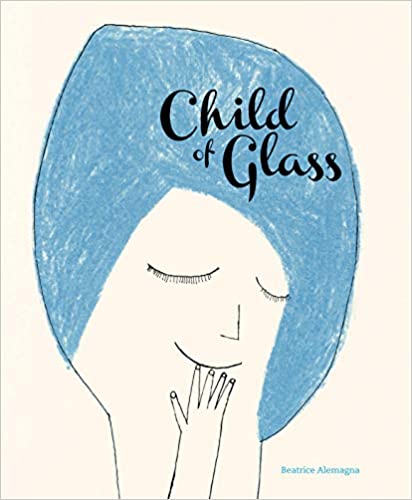
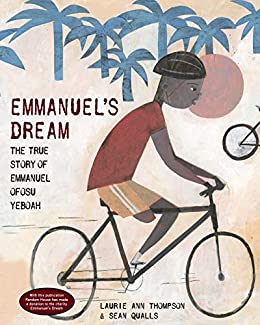

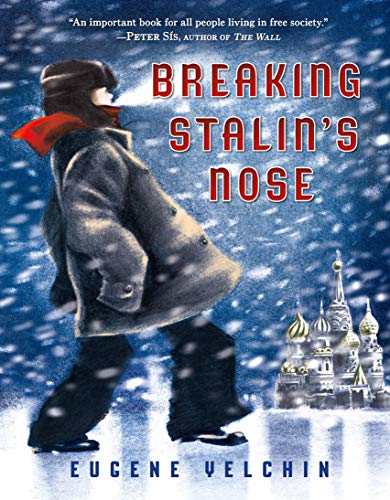
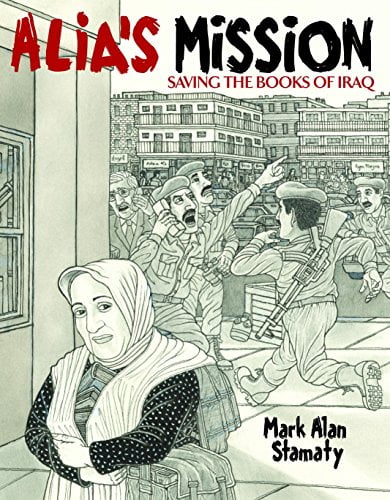



Share this: